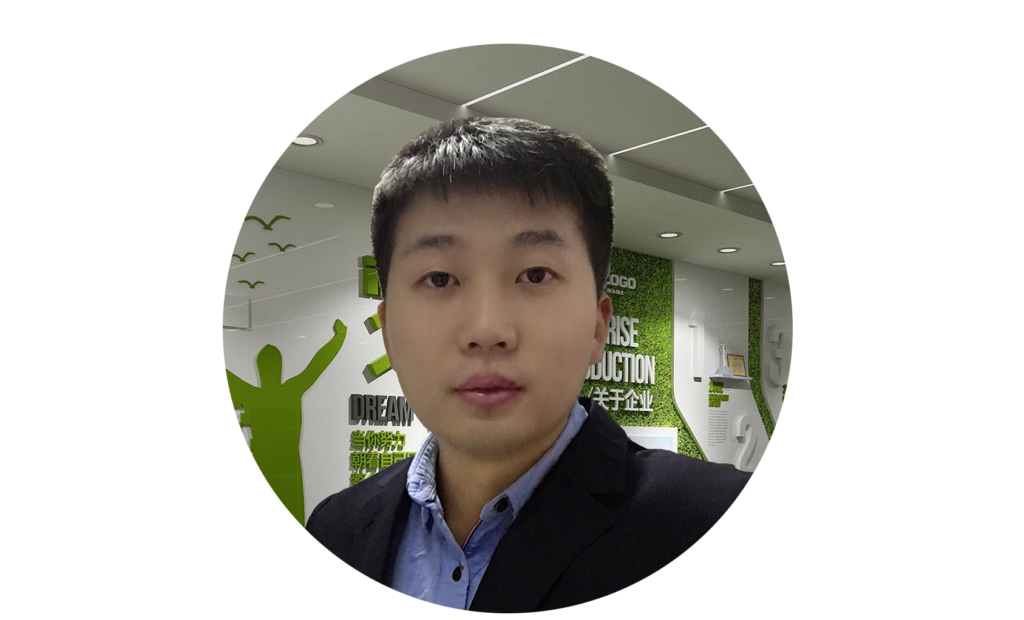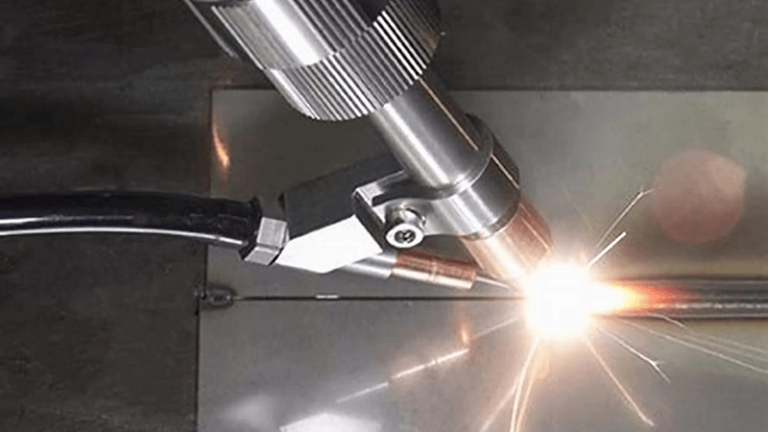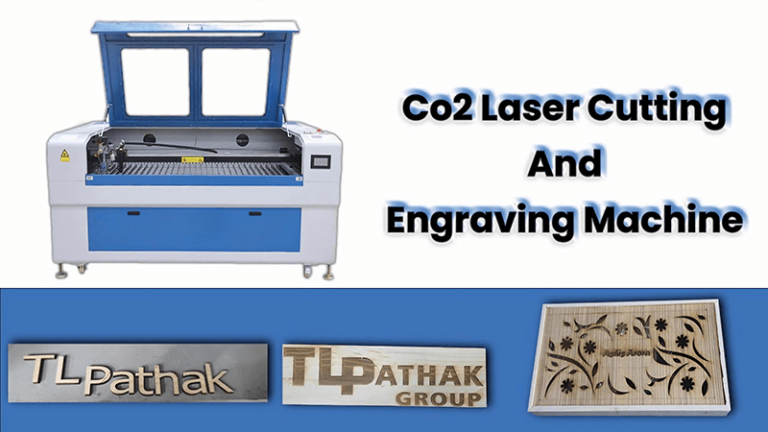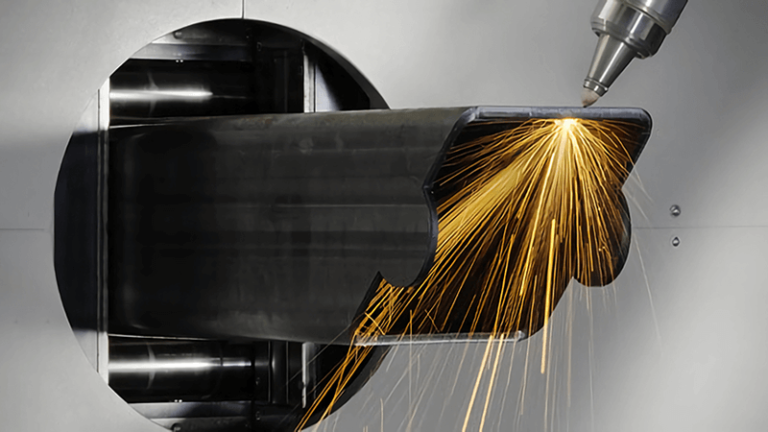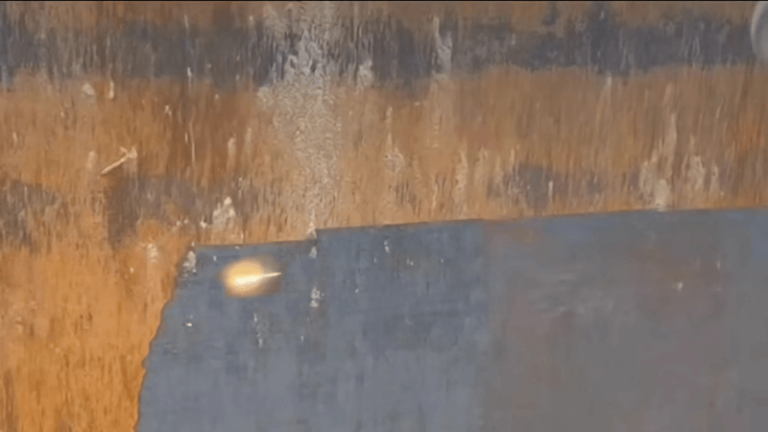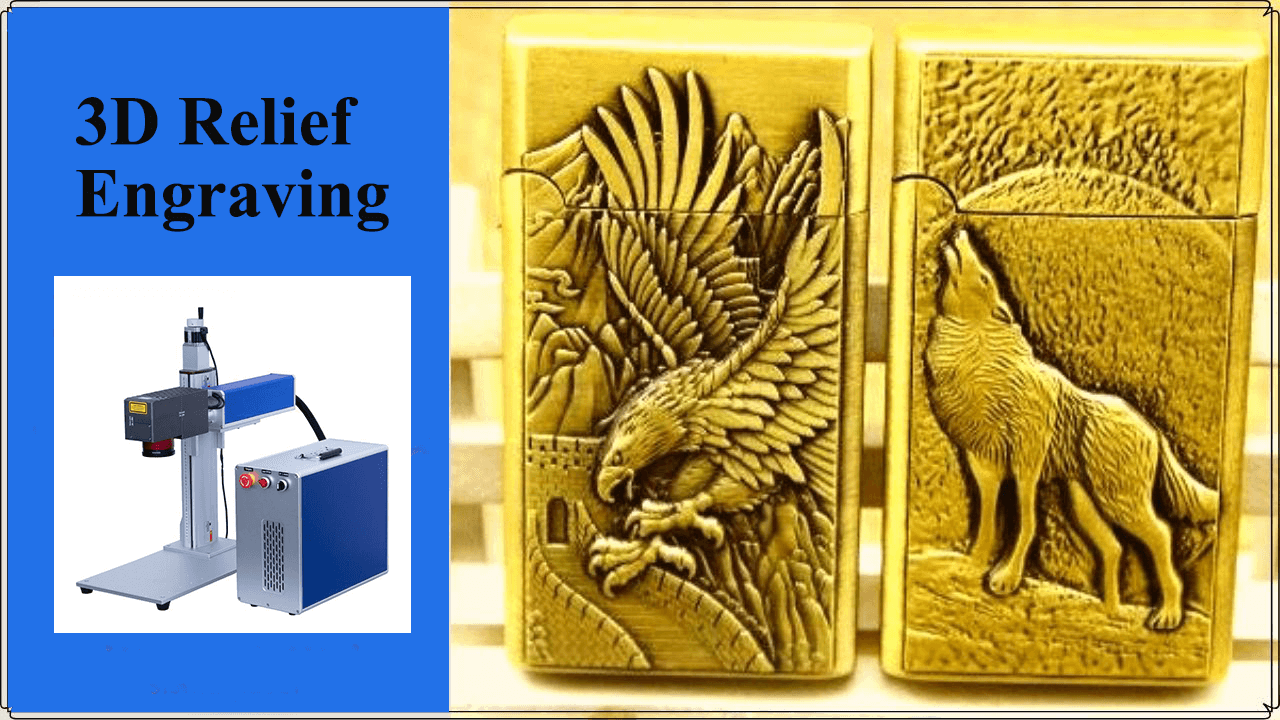
Picture this: You’ve got a huge project where precision cuts and intricate designs are equally critical. You start dreaming of a one-stop solution. Sound familiar? That’s where combined laser machines step in, solving one of the biggest dilemmas faced by industries big and small.
Laser machines combine cutting and engraving capabilities in one system, offering unmatched versatility for processing materials like wood, metal, acrylic, leather, glass, and rubber. This dual functionality allows businesses to create intricate designs and make precise modifications without needing separate equipment. By streamlining production, these machines save space, reduce costs, and improve efficiency. With their ability to deliver high-quality results and minimize material waste, laser machines are an essential tool for modern manufacturing, catering to a wide range of applications across various industries.
The idea of combining these two processes might feel like a match made in heaven. Stick around as I uncover why it’s revolutionizing businesses worldwide.
What Makes Laser Cutting and Engraving a Perfect Match?
Combining cutting and engraving is like pairing peanut butter with jelly—both great on their own, but together, they’re unbeatable. Laser technology enables unmatched precision, whether you’re etching delicate patterns or slicing through tough materials.
Materials like acrylic, wood, metal, and even leather source are perfect candidates for dual-function laser systems. Plus, modern machines make it easy to switch between modes. No manual hassle, just seamless operation.
Combined laser machines save businesses money by eliminating the need for separate cutting and engraving equipment.True
The article highlights that these machines reduce costs by combining functionalities in one system.
Fiber laser marking machines are equally efficient for cutting thick metals as they are for engraving tasks.False
Fiber laser marking machines are optimized for engraving and are not practical for cutting thick materials.
Can a CO2 Laser Marking Machine Be Used for Both Engraving and Cutting?
Absolutely! CO2 laser marking machines are versatile tools capable of performing both engraving and cutting on a variety of materials. Their adaptability makes them valuable assets in numerous industries. Below is a detailed overview of their capabilities and applications.
CO2 laser machines excel at cutting non-metallic materials, including wood (such as plywood and MDF), plastics (like acrylic and rubber), fabrics (including leather and textiles), as well as paper, cardboard, stone, and marble. The cutting process relies on a focused, high-energy laser beam that melts or vaporizes the material, allowing for precise, contactless cutting.
One of the key advantages of CO2 lasers is their precision. These machines are perfect for creating intricate designs, making them ideal for applications like detailed signage. Additionally, their high-speed operation enhances productivity, especially in manufacturing environments. Another major benefit is that they do not require molds, unlike traditional cutting methods. Custom shapes can be produced directly from digital designs, saving time and reducing costs.
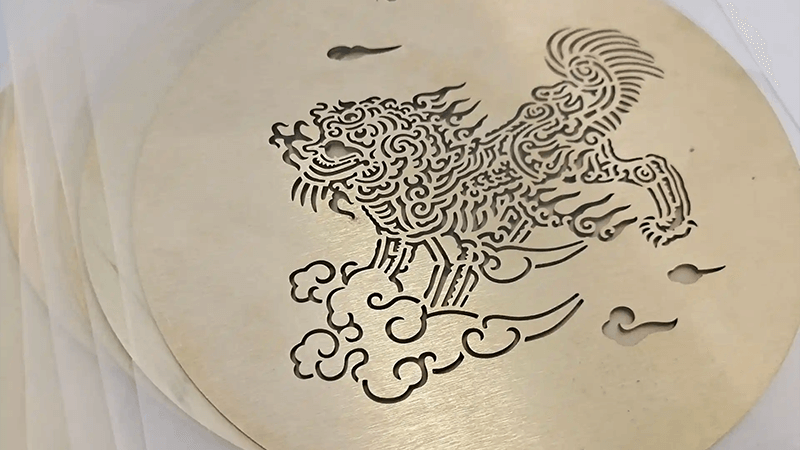
Despite their many advantages, CO2 laser machines have some limitations. The thickness of the material determines the laser power needed for effective cutting. For example, thicker materials typically require lasers with power levels of 100W or higher. While CO2 lasers can cut some metals, they are generally less efficient than fiber lasers, performing best on thin metals or specially treated surfaces.
CO2 laser machines find applications across a wide range of industries. They are commonly used to create signage by cutting and engraving wood or acrylic. In the packaging industry, these machines precisely cut boxes and other materials. For hobbyists and small businesses, CO2 lasers are ideal for crafting and prototyping custom products. They are also used in industrial manufacturing for cutting components from non-metal sheets.
Can a Fiber Laser Marking Machine Be Used for Both Engraving and Cutting?
A fiber laser marking machine is primarily designed for engraving and marking tasks. It uses a focused laser beam to alter the surface of materials, creating permanent marks like logos, barcodes, or serial numbers. These machines are highly effective for detailed and precise markings on materials such as metals, plastics, ceramics, and glass. Power levels typically range from 10 to 100 watts, optimized for marking rather than cutting.
While it is technically possible for a fiber laser marking machine to cut very thin materials, it is not practical or efficient for cutting purposes. The lower power output means cutting requires multiple passes, resulting in longer processing times and potentially lower-quality results. For efficient and high-quality cutting, dedicated fiber laser cutting machines are recommended. These machines are specifically optimized for speed and precision in cutting tasks, capable of handling thicker materials efficiently without the need for repeated passes.
In summary, a fiber laser marking machine excels at engraving and marking but is not suitable for cutting applications beyond very thin materials. For cutting tasks, a dedicated fiber laser cutting machine is the better choice.
Combined laser machines rely heavily on manual adjustments to switch between cutting and engraving modes.False
The article states that modern machines allow seamless switching between modes without manual adjustments.
Combined laser machines are increasingly used in industries like automotive, aerospace, and medical device manufacturing.True
The article discusses the use of combined laser machines in various industries, including these sectors, for their precision and efficiency.
Applications of Combined Laser Cutting and Engraving Machines
Where do these machines shine the most? The applications are as diverse as your imagination.
Combined laser cutting and engraving machines are versatile tools that find applications across various industries due to their precision, efficiency, and ability to handle a wide range of materials. Here are some key areas where these machines are utilized:
1. Manufacturing and Production
-
Automotive Industry: Laser cutting is essential for creating intricate components with high precision, which is crucial in manufacturing vehicles. The technology allows for efficient cutting of metals and alloys used in car parts, ensuring every millimeter is accounted for.
-
Aerospace: Similar to automotive applications, the aerospace sector relies on laser cutting for lightweight, high-strength materials. The precision offered by laser technology is vital for fabricating complex components in aircraft construction5.
-
Electronics: Laser machines are used to cut and engrave intricate components for electronics, including printed circuit boards (PCBs) and silicon wafers. This precision is necessary for ensuring the functionality of electronic devices.
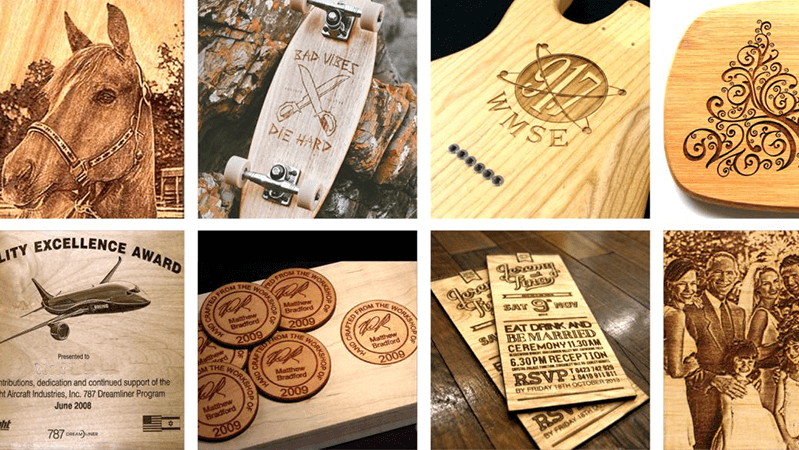
2. Arts and Crafts
-
Jewelry Making: Artisans use laser cutting to create detailed designs in precious metals. The ability to engrave intricate patterns allows for customization, making each piece unique5.
-
Personalized Gifts: Laser engraving can be applied to various materials such as wood, glass, and acrylic to create personalized items like photo frames, trophies, or custom signage.
3. Textiles and Fashion
- Fashion Industry: Designers utilize laser cutting to create intricate patterns on fabrics, pushing the boundaries of textile design. This technology allows for precise cuts that can enhance the aesthetic appeal of clothing and accessories.
Home Decor: Laser cutting enables the production of customized home decor items from materials like wood and acrylic, allowing for unique designs that cater to individual tastes.
4. Signage and Advertising
-
Custom Signage: Businesses use laser machines to create detailed signs from various materials, including metal and acrylic. The ability to engrave logos or text adds a professional touch to promotional materials.
-
Packaging Design: In the packaging industry, laser cutting technology is employed to create intricate designs and prototypes for packaging materials, enhancing brand visibility through customized packaging solutions.
5. Industrial Applications
-
Woodworking: Laser cutters are widely used in woodworking for creating detailed inlays, custom furniture pieces, and decorative panels. The precision of laser technology surpasses traditional woodworking methods.
-
Medical Devices: In the medical field, laser cutting is essential for manufacturing precise components used in medical devices. This includes everything from surgical instruments to implants where accuracy is critical.
6. Education and Prototyping
-
Educational Institutions: Schools and universities utilize laser cutting machines for educational purposes, allowing students to engage in hands-on projects that enhance learning in fields like engineering and design.
-
Prototyping: Businesses often use combined laser systems for rapid prototyping of products. This capability allows for quick iterations of design ideas while maintaining high precision.
CO2 laser machines are suitable for engraving delicate materials like wood and cutting thick metals with high efficiency.False
While CO2 lasers excel at engraving non-metallic materials, they are less efficient for cutting thick metals compared to fiber lasers.
Jewelry artisans use laser machines to engrave intricate designs on precious metals for custom pieces.True
The article mentions that laser cutting and engraving are commonly used in jewelry making for creating detailed designs.
Can you imagine the possibilities? You could go from design to final product in hours, not days.
How to Maximize Your Laser Machine’s Potential?
Switching between cutting and engraving is simpler than you think. Most machines, like Kirin Laser’s flagship models, offer pre-set modes that optimize performance. It’s as easy as selecting a function on your phone.
For cutting thicker materials, bump up the power—but don’t forget to clean your lens regularly for the best results source. Trust me, clean optics make a world of difference.
And here’s a pro tip: Invest in software that syncs design and cutting files. You’ll thank me when your designs turn out flawless.
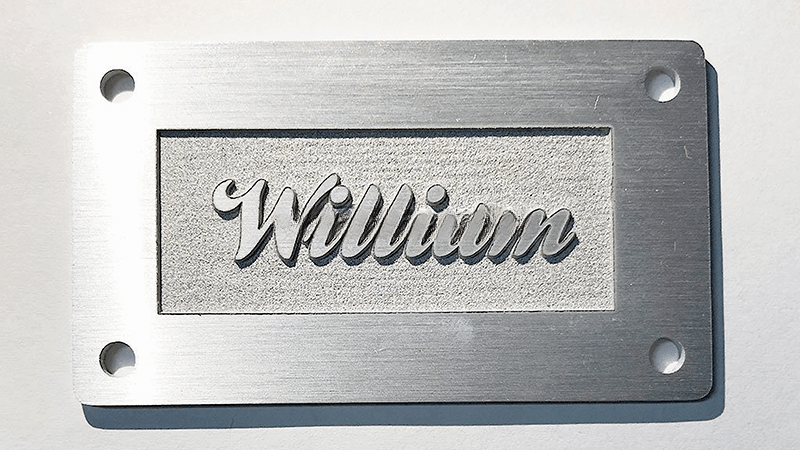
The Future of Combined Laser Machines
Technology is only getting smarter. Soon, we’ll see more machines with AI-driven features to detect material types and auto-adjust settings source. Imagine eliminating trial-and-error altogether.
These advancements aren’t just making life easier; they’re opening doors to industries like medical device manufacturing and luxury goods production. The versatility of combined laser machines is rewriting the playbook for what’s possible.
Conclusion: The Smart Investment for Your Business
Cutting and engraving in one go? It’s not just convenient—it’s transformative. From saving time to increasing output, combined laser machines are a no-brainer for businesses aiming to scale.
Ready to explore the possibilities? Check out Kirin Laser’s range of cutting-edge machines designed to take your production to the next level. Let’s talk about your business needs today!
References:
- "Exploring the World of Laser Engravings: A Beginner’s Guide", from Kirin Laser.
- "Top Benefits of Using Laser Marking on Metal", from Kirin Laser.
- "The Complete Guide to Laser Machine Engraving", from Kirin Laser.
- "How Are Laser Marking Machines Revolutionizing Art and Manufacturing?", from Kirin Laser.
- "A Complete Guide to Laser Marking Stainless Steel", from Kirin Laser.
- "Top 5 Benefits of Laser Engraving Wood for Craftsmen?", from Kirin Laser.
- "Laser Engraving in Wood: Techniques and Tips for Best Results.", from Kirin Laser.
- "How to Achieve Perfect Results with Laser Engraving on Wood?", from Kirin Laser.
- "APPLICATIONS AND INDUSTRIAL BENEFITS OF LASER CUTTING", from MSC.
- "Do I need separate laser machines for engraving and cutting?", from Epilog Laser.

